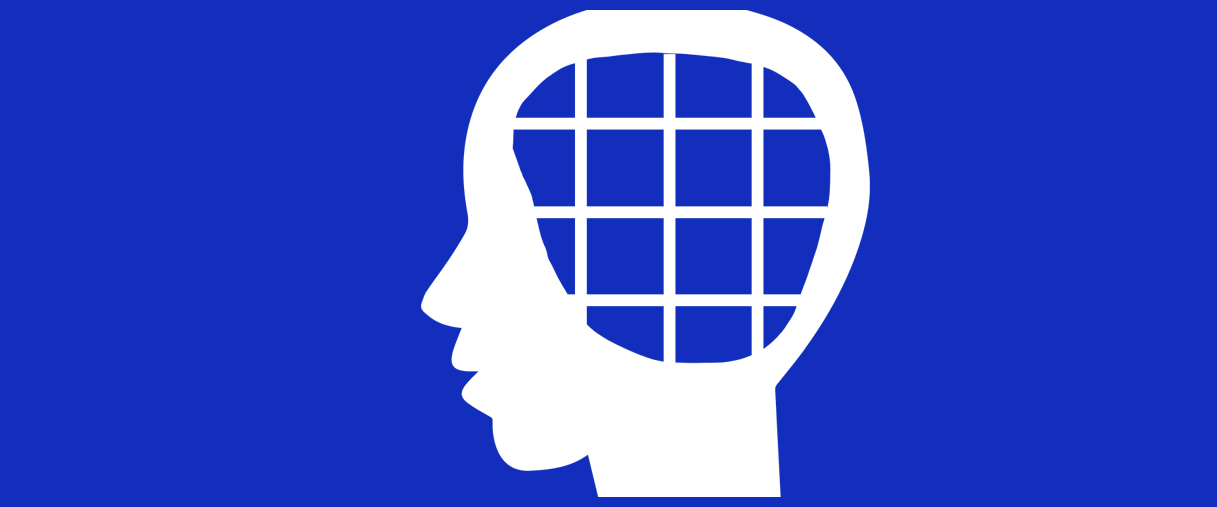
description of activity
Step 1 (15 minutes)
Play “The Monkey Business Illusion” and tell participants to keep track of the number of passes made by the white-shirted team. Stop the video at 0:45. Ask participants who got the right answer for the number of passes, and then ask how many of them spotted the gorilla. Play the rest of the video.
How does this translate to our media work? Focus on our approach to a story can blank other elements and point of views. This is call Selective Attention (if we were talking about Google or Facebook, this will be called algorithm). However, Selective Attention, while beneficial at a time we are bombarded by information, can also have a negative effect in our perception of the world, restricting us to what we want to see, and not to what is in the picture.
(When it comes to information, selective attention can cause us to pay more attention to a message or information that is consistent with our existing viewpoints, feelings, and ideas. For example, if we believe that a political party or candidate is generally bad for the country, we might selectively pay attention to negative news and commentary about that party or person.)
Step 2 (30 minutes max)
Next, play the following game illustrating the Wason Rule Discovery Test to introduce the idea of confirmation bias (you can watch this video to understand how the game goes https://www.youtube.com/watch?time_continue=10&v=vKA4w2O61Xo)
Play “Can You Solve This?” (5-10 minutes depending on the number of participants and how long you want it to go for.
Give your learners a sequence of numbers (it could be “2, 4, 6” or “10, 20, 30”). However, the rule (in this case simply “ascending numbers”) should be kept secret from learners.
Ask them to continue the sequence, and after they have done that, ask them to explain their thinking and try to guess what rule apply to the sequence.
Whenever someone discover the rule or you want to end it, tell them what the rule (“Ascending numbers”) was and ask learners:
- Why do people have trouble guessing the rule?
- Explain the concept of confirmation bias (see tip for trainers section in this activity).
Step 3 (30 minutes)
For this activity, there is a need for supporting materials for your learners to work from. The ones included next are just examples that can be used or substituted by other examples.
Get learners to read the following headline:

Ask them to discuss the headline. Is anything strange about it? Is it unusual to see headlines like this?
After the discussion, show learners the full post:

Ask participants to discuss their take on the headline again against the background offered by the post and how media bias affects the way we experience and perceive information.
Ask them to break into groups, and using markers and flip chart paper, consider how they could rewrite the headline.
Introduce the concept of implicit bias (as see in the trainer tips section) and discuss how media can affect the way we perceive different situations and groups by presenting them with other examples:

And another response:
Discuss with participants what can they conclude from these media examples of the challenges we face when we try to make sense and judge the veracity of the news and information that we receive via friends, the Internet, social media, etc. at a personal and professional level, when we accept common ground interpretations of issues, events, etc.
Step 4 (30 minutes)
Next, the discussion will go back to confirmation bias, as an examination of how implicit and explicit bias might shape research and production values in the construction of media content.
Break the group into buzz groups and offer each group a media piece to examine. Ask them to find the different perspective and arguments presented in the piece, how factual they are and to analyse whether these arguments are pointing towards a same conclusion. Is the journalist or the media organisation in that piece exercising confirmation bias in the construction of the media piece? And by doing so, how this is affecting the audiences’ implicit bias?
Ask the groups to present their examples and conclusions. Then discuss:
- What strategies did you learn in the “Can You Solve This?” activity that could help offset our tendencies toward confirmation bias? (Instead of trying to prove a hypothesis or belief, look for explanations or facts that disprove it.)
- How might confirmation bias influence the way people select and respond to news and information? How our confirmation bias affects our creation content at all stages (research, sourcing, interviewing, editing, etc).
- How does confirmation bias affect our ability to judge the accuracy of information, whether it be from a news story or something else that we see on the Internet?
ASSESSING LEARNING OUTCOMES
Assessment should be based on the group discussion around the videos and examples.
The most important learning outcomes is that participants are aware of their biases.
Invite participants to take the Implicit Association Test or IAT to discover the implicit or subconscious biases that shake their thinking. https://implicit.harvard.edu/implicit/takeatest.html (This test is in English language only)
information on the activity
This activity involves understanding how bias affects the way we relate to others.
Participants will be able
- to define and understand explicit, implicit, and confirmation bias.
- to examine how biases might influence the media content they produce.
- to understand the need to challenge existing narratives and looking for new angles to tell stories about minorities.
INFRASTRUCTURE
A room with chairs in a U shape, where everyone can watch the screen, a big enough to allow the group to break into smaller groups.
Wifi/internet connection.
EQUIPMENT
Laptop, laptop speakers, projector
MATERIALS
Flipchart, markers
DURATION
120 minutes (2 hours)
RECOMMENDED NUMBER OF PARTICIPANTS
10-15
TIPS FOR TRAINERS
The main focus of this lesson will be on helping students understand a particular kind of bias—confirmation bias—but you may want to share definitions of confirmation bias in the context of implicit and explicit bias.
Bias is a tendency to believe that some people, ideas, etc., are better than others, which often results in treating some people unfairly.
Explicit bias refers to attitudes and beliefs (positive or negative) that we consciously or deliberately hold and express about a person or group. Explicit and implicit biases can sometimes contradict each other.
Implicit bias includes attitudes and beliefs (positive or negative) about other people, ideas, issues, or institutions that occur outside of our conscious awareness and control, which affect our opinions and behaviour. Everyone has implicit biases—even people who try to remain objective (e.g., judges and journalists)—that they have developed over a lifetime. However, people can work to combat and change these biases.
Confirmation bias, or the selective collection of evidence, is our subconscious tendency to seek and interpret information and other evidence in ways that affirm our existing beliefs, ideas, expectations, and/or hypotheses. Therefore, confirmation bias is both affected by and feeds our implicit biases. It can be most entrenched around beliefs and ideas that we are strongly attached to or that provoke a strong emotional response.
The term confirmation bias was coined by English psychologist Peter Wason. He devised a test (known as the Wason Rule Discovery Test) to demonstrate that most people do not effectively test their hypotheses (or beliefs). Instead of trying to falsify a hypothesis to test it, people tend to try to confirm it.
Confirmation bias is often deeply entrenched in our emotional response to ideas, issues, and beliefs, making it particularly challenging to counteract. Plenty of Internet and social media sources exploit our emotional response (so-called “click bait”). Unfortunately, as we will see in this activity, this kind of viral misinformation can be particularly difficult to correct.
Experience Selective Attention Bias
Selective attention is part of what drives confirmation bias. It is the conscious or subconscious act of narrowing our focus in an attempt to eliminate irrelevant details that might interfere with our ability to discern important elements of a situation or issue. While we all rely on this instinct to avoid danger and make sense of the world around us, selective attention can also be driven by our biases in ways that are problematic. For example, stereotypes can be affirmed through selective attention to examples of behaviour that conforms to the overgeneralization.
